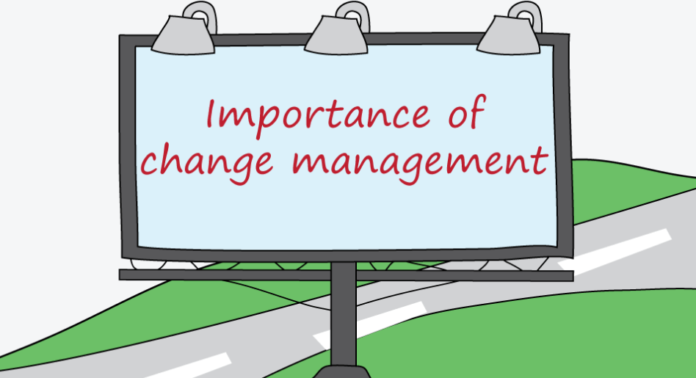Today’s business models are designed to adapt and sustain in sudden flux situations. The pandemic has broadened the thoughts and scope of fast-moving external environments. We needed a reason to work harder and establish technological advancements that ensured that both local and global economies remained stable during an adversary.
Think: When an employee exits, a considerable amount of knowledge is also exiting the organization. Such is the impact of change and it is inevitable.
WHAT IS SUCCESSFUL ORGANIZATIONAL CHANGE MANAGEMENT?
It is about a plan that will ease change into the organization without disturbing performances and outputs. It also ensures a smooth transition for your team. But the fact must be acknowledged here- negative employee attitudes and ineffective managerial actions cause most of the change programs to fail. Using the services of a skilled change management expert could put you in the top 30%.
Mirat provides six critical guided steps to achieve effective organizational change management in this blog.
1. Add clarity to the idea of change and tie it to the business objectives.
Although it may appear simple, many organizations overlook this crucial first step. It is one thing to express the needed change; it is quite another to undertake a rigorous evaluation against organizational objectives and performance goals to guarantee that the difference will move your company forward strategically, financially, and ethically. Now, this clarity isn’t just for getting the message out there but also to evaluate the change’s worth. The amount of time and effort can be quantified, and then a decision can be reached, or its impact can be understood.
2. Identify the implications and individuals who will be impacted.
Once you’ve determined what you want to achieve and why you should assess the impact of the change at various organizational levels, every business level should be accessed and examined. How this information reaches every individual in an organization is also essential. The results of the above-mentioned observation will give the executives an idea about the type of support or training their organization needs.
3. Create a communication plan.
In an organization, there a various tiers of workflow. Which employee should know what and how is an important matter? Every employee must be informed about the change, but some need to learn about the change momentum on a priority basis. Select that group of people and effectively communicate about the transition to gain their trust and support. This will help the organization devise a plan and communication strategy to pass the information to other employees. Time could be of the essence here.
4. Train your employees effectively.
Now that the message about change, its impact and importance is communicated to all employees, they will also need to know whether they will be undergoing a sort of training or knowledge transfer. The learning initiatives should be implemented alongside the change program. When you look for options to exercise training, opportunities like face-to-face training sessions or on-the-job coaching and mentoring and other learning strategies can be considered.
5. Put in place a support structure.
Providing a support framework is critical to assisting people in emotionally and practically adapting to change, as well as developing expertise in the behavioural and technical skills required to accomplish targeted business goals. Because specific changes may result in redundancies or restructure, you may want to consider offering assistance, such as counselling services, to help people through the issue. A mentorship or an open-door policy with management to raise the problems as they emerge could be set up to help staff adjust to changes in how a function is conducted.
6. Track the progress of the modification process.
All units in an organization should never be involved directly in the change management process. There should always be a unit that monitors the impact of change on the business. This guarantees chances of improvement and continued proficiency in terms of results. Data from the analysis should be stored to be studied in the days to come for a better understanding.
Is your company going through an organizational transition? Mirat can assist in managing the change process in order to fulfil corporate objectives while minimizing the associated impacts. Choose Mirat, a change management specialist and modern IT solution supplier, for continued proficiency and productivity.








